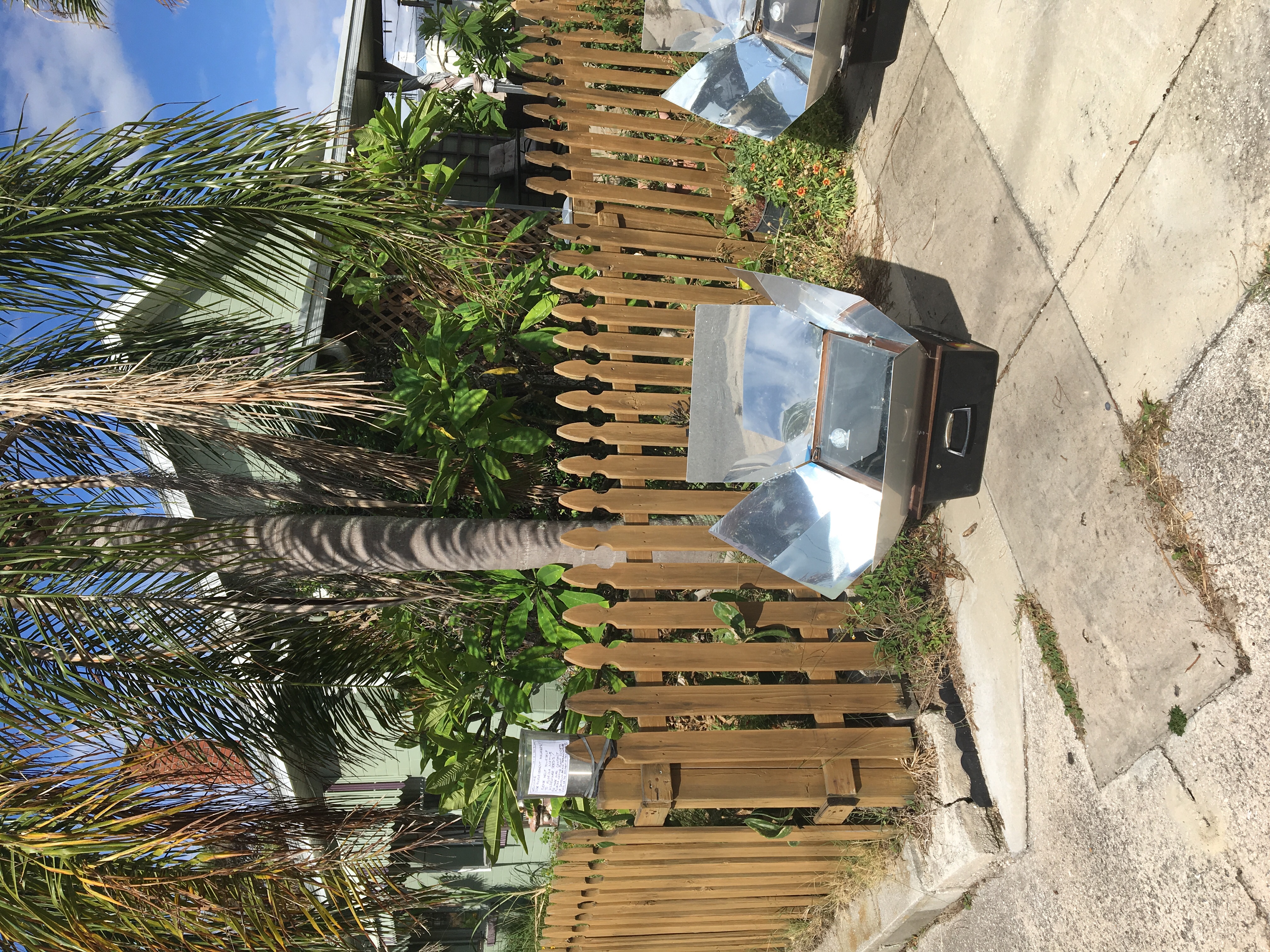As I sit on my patio working, the air is filled with deafening noise and unpleasant gas fumes. It’s a “landscaping” crew showing the plants and wildlife who’s boss. Mowing the sidewalk strips with a giant ride-on mower, edging the edges because nature makes messy curves (and we Anglo-European-dominated cultures can’t have that can we), and blowing the clippings pretty much everywhere.
Sometimes this endless treadmill of work is performed by Public Works employees; sometimes by contractors. But today it’s being done by a crew of prison laborers, so it’s free. Right? Sort of.
But someone is always paying. I don’t know the financial intricacies in this case, but some money is flowing somewhere, so this work is not really getting done for free. Nor is any other work getting done for free, anywhere, ever. Someone, somewhere, is always paying, if “only” with their time and attention. (Ironic use of “only” there — as what commodity on earth is more valuable than our time and attention, really?)
So what is my point here? Time and attention are precious. We need to be very discerning of what we spend it on.
What if the “free” work crews (and the paid ones, while we are at it) were instead planting fruit trees or native plants that would become a yield-bearing investment in our community, rather than an endless treadmill of mowing and blowing for no return other than short grass (and the frequent accompaniments thereof: land degradation, air pollution, and water pollution)?
On the topic of “free”… People often send me links to YouTube videos, free webinars, free ebooks, and such. I always appreciate when someone cares enough to send me something they genuinely think I might be interested in. (The catch is, if you do this, I ask you — don’t make me beg! — to include a personal note about what the subject matter of the video or whatever is. No naked links unaccompanied by explanation please!)
But, even though these videos and other resources are being offered for free in financial terms, unless it’s a subject I really need and want to know about, those things are not free because they cost my time and attention. I will not pay an hour of my precious time and attention to listen to some health fanatic tell me I need to buy an expensive supplement made from a rare ingredient from halfway around the world — degrading someone else’s land and water in the process!
Recently I took a webinar on soil. It absolutely blew my mind, and I will be taking every opportunity to widely share what I learned from the webinar. In fact, today at noon I’m giving a talk, Soil 101. If you are in the Daytona Beach area, come check it out! (Details below.)
The interesting thing is, the webinar (“Soil Is the Climate Solution,” with Finian Makepeace) was being offered for free during a limited period. Because I started watching it very late in the free period, I did not finish watching all the videos before the expiration time. So guess what? I happily paid the $50 they were now asking to watch the rest of the videos! And based on what I had seen thus far, I would have been happy to pay four times that amount to see the rest of the videos.
(The regular price is apparently $100. Well worth it, especially if you aspire to become a highly effective eco guardian; or — as the instructor Finian Makepeace of KissTheGround.com puts it — an “advocate for practices that replenish our water, make food more nutritious, and reverse global warming.”)
Sometimes things don’t need to be free. Sometimes things are worth paying for with money, because they allow me to get maximum value from my time and attention. But even when something is free, we always have to remember we are paying for it with the most precious of commodities.
On that subject, thank you, dear reader, for paying some of your precious time and attention by reading this blog. I will endeavor to make your investment worthwhile.
And, here is the info on my “Soil 101” Talk today:
“Soil 101!”
Free Talk this Friday, October 4.
This is part of the “Healthy Living with the Environment” free talk series by Jenny Nazak (local eco educator, author, landscaper; founder/admin of Daytona Beach Permaculture Guild)
First Fridays
12 noon-1:30pm
This Friday, Oct. 4: “Soil 101: Healthy Soil = Healthy Plants, Healthy People, Healthy Planet!” Slideshow & talk, with Q&A.
Soil: We take it for granted and “treat it like dirt”! Yet it is full of beneficial organisms that keep us healthy. Indeed, our lives, and the livability of our place, depend on whether or not we take care of our soil. Come find out what this means for you, your plants, and your community!
At Breakers Oceanfront Park Environmental Learning Center, 13 S. Atlantic Ave (just north of Joe’s Crab Shack pier), Daytona Beach.
The Environmental Learning Center is a kid-friendly environment, equipped with activities and sights especially for the young ones. Got kids? Bring em!
Parking validation available.


